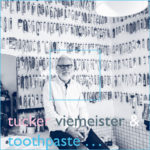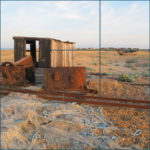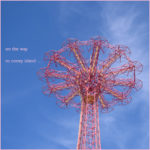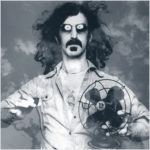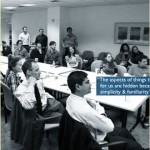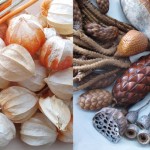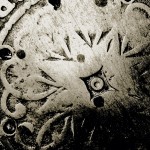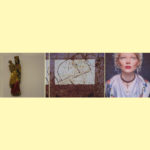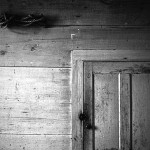swedish symposium at linnæus university . . .
the master of fine arts program in design at linnæus university is a 2 year advanced theoretical and applied program, located at the nexus of the university as well as the business environment. the program draws on a multidisciplinary approach, a highly qualified faculty and extensive links with leading european companies to offer the students a firm grounding in the complex area of design methods, applied skills sets and concrete experiences needed to develop a compelling professional profile . . .
the swedish symposium, vessel (from october 8th through october 14th), looked at the emotional connections we have with designed objects and experiences, while focusing more or less on the context around things that we drink and the vessels that we drink them from. it was held at linnæus university design school’s pukeberg / nybro campus. stake-holders / graduate design students in the symposium included the following: anais quintanilla, arash eskafi, emelie månsson, helia honar, mansooreh shahtalab, maria baliova, maria modzelewska, matthew burger (coordinator), saïda bayoucefi and xiaotian hu.
a visual narrative, work in progress, of vessel 2011
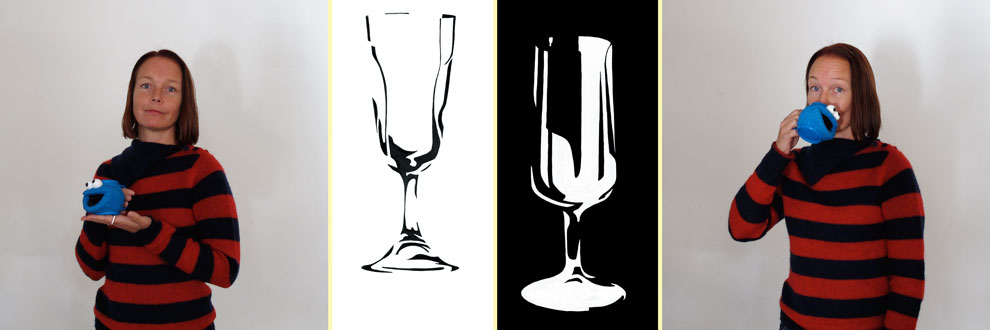
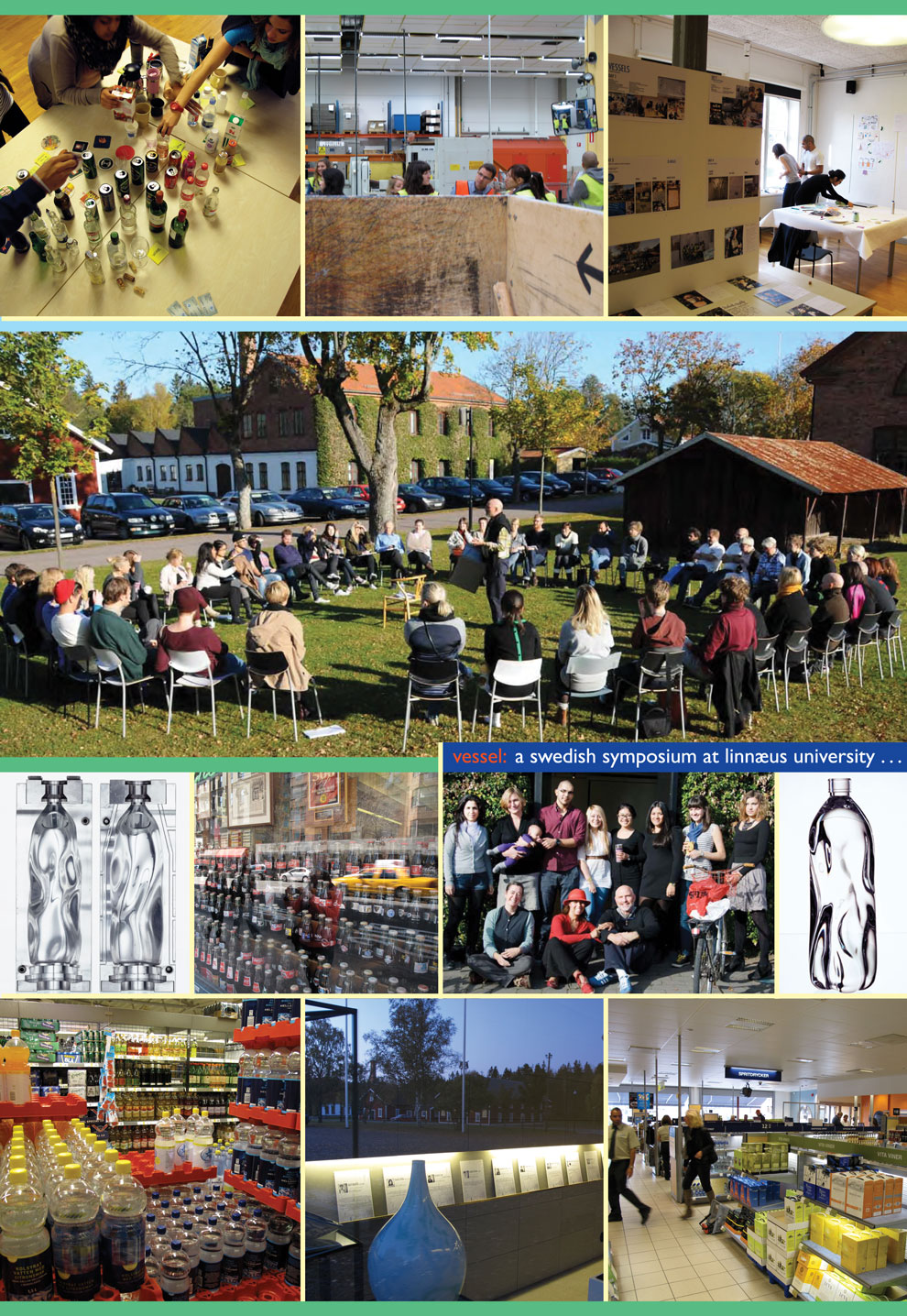

a brief description of vessel:
during seven or four and a half days (depending on how you count) with the help of the symposium coordinator, matthew burger, the master design program students from linnaeus university’s design school took up the task of exploring the meaning of vessels. most vessels exist within a spatial and temporal context. in their more primitive forms, they were in the shape of found natural objects, animal skins, early ceramics, et cetera. through the passing of time, developments of history and with the help of manufacturing technology, they have evolved and transformed into cups, bottles, vases, plastic, tetra-pack, aluminum or glass bottles. some artifacts have become embedded with meaning through a cultural &/or social context, materials, shape, colour; these vessel can also become signifiers of emotion and human behavioral connections. It is naturally human to become connected with objects because we rational, also irrationally, seek patterns of meaning all around us . . .
also, a brief comment about power and insight gained through, what the late alan fletcher from pentagram called, “the art of looking sideways.” successful products, environments and services are those that respond uniquely to people’s (articulated or unarticulated) needs. observing people in their context is a rich source of insight about these needs. look and listen carefully • have fun • notice the details • be open minded, unbiased; observe without being partial and withhold judgment • be curious, ask about behavior and experience • empathize and identify with people you see, understand why they do and feel as they do • make notations about ideas, problems, insights and opportunities • sketch &/or take pictures as reminders for yourself and to share with others • look out for the following areas of interest, plus connections between these areas:
interactions + people + context + motivations + process + artifacts
posted 21 November 2011
© visualsyntax. powered by wordpress.
